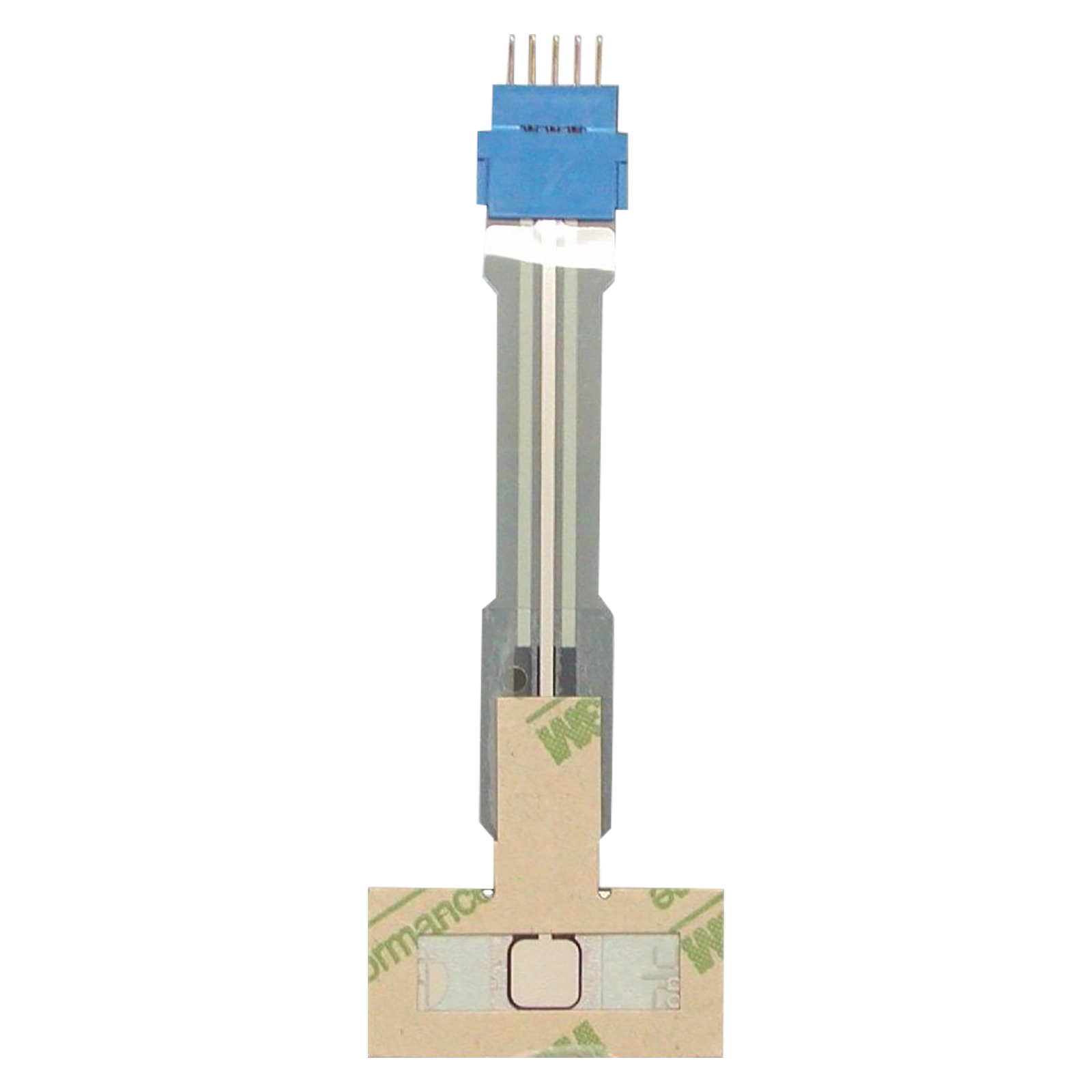Membrane Change Technology: The Secret to Reputable and Cost-efficient Interfaces
Membrane layer switch innovation has arised as an essential element in the layout of user interfaces, supplying both dependability and cost-effectiveness throughout a diverse array of applications. As we check out the diverse benefits of membrane layer buttons, their capacity for technology elevates concerns concerning future applications and progressing fads.
Understanding Membrane Layer Switch Over Innovation
Membrane switch modern technology is a commonly utilized interface solution in various digital devices, providing a smooth mix of capability and style. This technology incorporates several layers of materials, typically containing a visuals overlay, spacer layer, and a circuit layer. The graphic overlay presents the interface aspects, while the spacer layer separates the circuit layer from the overlay up until an individual turns on a button.
When pressure is used to the overlay, the circuit layer finishes the electrical circuit, sending out a signal to the tool. This device enables for different setups, including tactile comments and backlighting options, improving user communication. Membrane switches are commonly made making use of resilient materials such as polyester or polycarbonate, ensuring durability and resistance to environmental elements like moisture and dirt.
The versatility of membrane switches enables their application in diverse sectors, including medical devices, consumer electronics, and industrial controls. Their portable layout enables for combination into space-constrained environments, providing an effective individual interface without endangering aesthetic allure. Recognizing the intricacies of membrane layer button modern technology is necessary for manufacturers and developers seeking to produce trusted and effective human-machine interfaces.
Trick Benefits of Membrane Layer Buttons
While numerous user interface remedies exist, membrane changes offer distinctive advantages that make them a recommended option in numerous applications. One of the key benefits is their resilience; membrane layer buttons are designed to withstand harsh ecological problems, consisting of dampness, dust, and temperature level fluctuations, making sure durable performance. This resilience considerably minimizes the need for frequent substitutes, consequently reducing overall maintenance expenses.

Furthermore, membrane switches are light-weight and portable, making them appropriate for applications where space is restricted. Their inconspicuous design adds to a smooth look without compromising capability.
Cost-effectiveness is additionally a significant benefit, as the manufacturing procedure for membrane switches over often tends to be less costly compared to conventional mechanical switches. This affordability, combined with their dependability and ease of setup, placements membrane layer changes as a useful remedy for a broad variety of industries seeking reliable and effective interface.
Applications Across Various Industries
How do membrane layer switches adapt to the diverse requirements of numerous industries? Membrane button technology is progressively recognized for its adaptability, making it appropriate for a broad variety of applications throughout several industries.
In customer electronics, membrane layer switches supply a compact solution for my site push-button controls and home Read Full Article devices, enhancing user experience via user-friendly layout. Additionally, the commercial industry leverages membrane buttons for machinery control panels, gaining from their resistance to severe environments, such as wetness and dirt.
Military and aerospace applications also use membrane layer buttons for their dependability and capacity to hold up against extreme problems, ensuring operational performance in important circumstances. Furthermore, the food and beverage market embraces these switches for automated systems, where cleanliness and convenience of procedure are extremely important. Ultimately, membrane buttons are tailored to fulfill the one-of-a-kind needs of each industry, showing their crucial role in modern-day innovation interfaces
Design and Personalization Alternatives

In the realm of membrane layer switch technology, design and modification options play a critical role in boosting functionality and user interaction. These switches can be customized to satisfy particular operational needs and aesthetic choices, making them functional elements in numerous applications.
One of the main customization choices is the design of the switch itself, which can be designed to fit distinct user interfaces and ergonomic considerations. By readjusting the shape, size, and arrangement of switches, producers can create instinctive designs that this post assist in ease of usage. In addition, the incorporation of various colors and visuals overlays permits branding and boosted exposure, guaranteeing that customers can rapidly identify features.
Moreover, membrane switches can be engineered with various responsive feedback systems, such as raised switches or distinct clicks, to improve the customer experience. Different products can additionally be selected for sturdiness and ecological resistance, resolving variables such as dampness, temperature changes, and chemical exposure.
Ultimately, the substantial layout and modification choices readily available in membrane layer button technology encourage services to develop tailored options that not just fulfill practical needs yet likewise align with their branding and functional demands.

Future Fads in Membrane Layer Buttons
As membrane switch innovation proceeds to progress, future fads are progressively concentrated on improving individual experience and incorporating innovative performances. One significant trend is the assimilation of touch-sensitive and capacitive modern technologies into standard membrane layer buttons. This advancement enables more instinctive interface, giving responsive feedback while keeping a sleek design.
Another arising trend is using eco-friendly materials, driven by the growing demand for lasting manufacturing techniques. Suppliers are looking for to decrease their carbon impact by making use of recyclable substratums and low-impact inks, aligning with international sustainability goals.
Moreover, the rise of the Net of Things (IoT) is prompting the incorporation of clever attributes right into membrane buttons. Enhanced connectivity choices will make it possible for tools to connect with each other, enabling for seamless assimilation right into wider systems.
Furthermore, advancements in printing technologies, such as electronic printing, are permitting better layout versatility and modification. This allows producers to produce elaborate designs and vibrant shades cost-effectively.

Verdict
In verdict, membrane button technology represents an important technology in customer interface layout, offering substantial advantages in longevity, customization, and cost-effectiveness. As advancements continue to emerge, particularly in touch-sensitive interfaces and sustainable materials, the capacity for membrane switches to boost customer experience and capability continues to be encouraging.